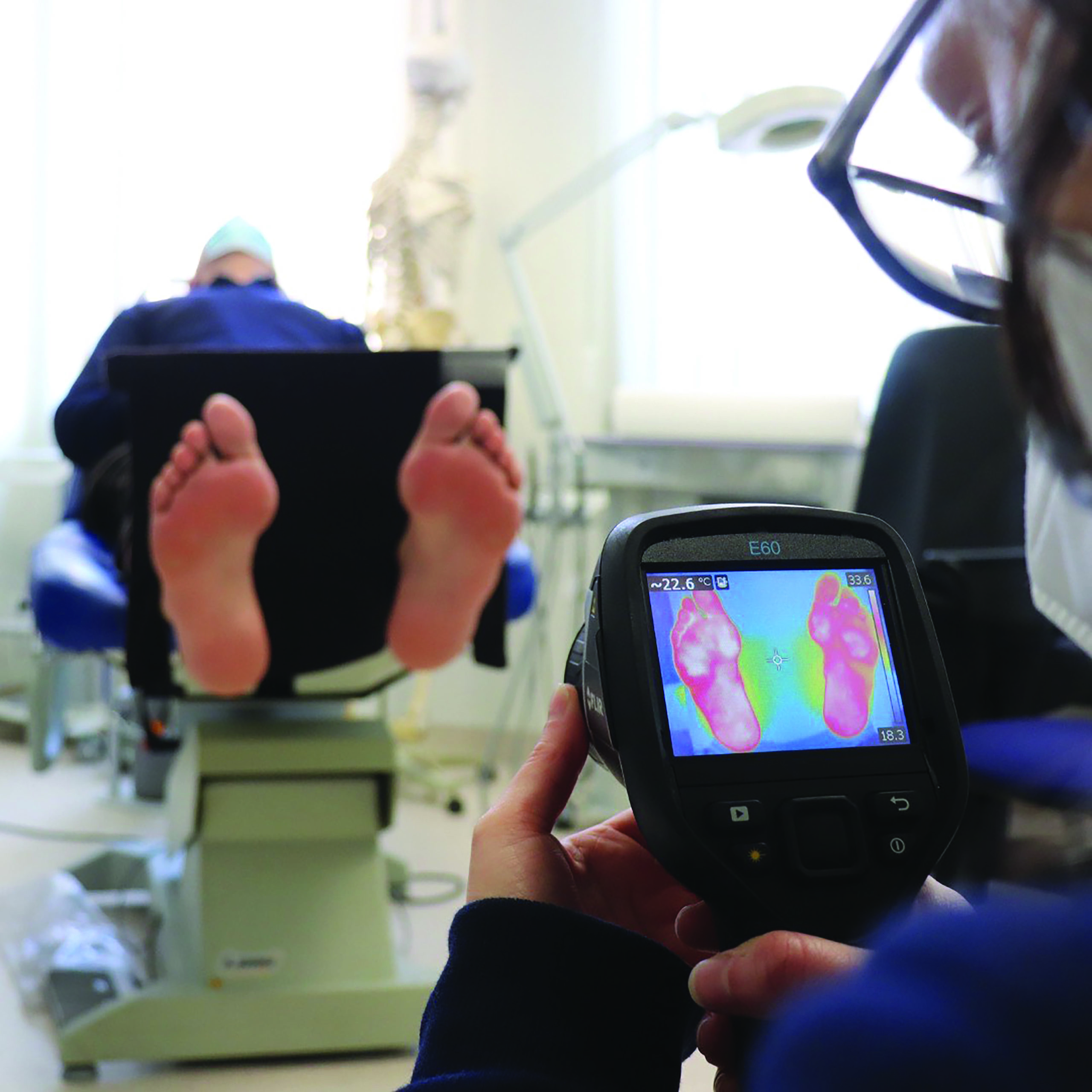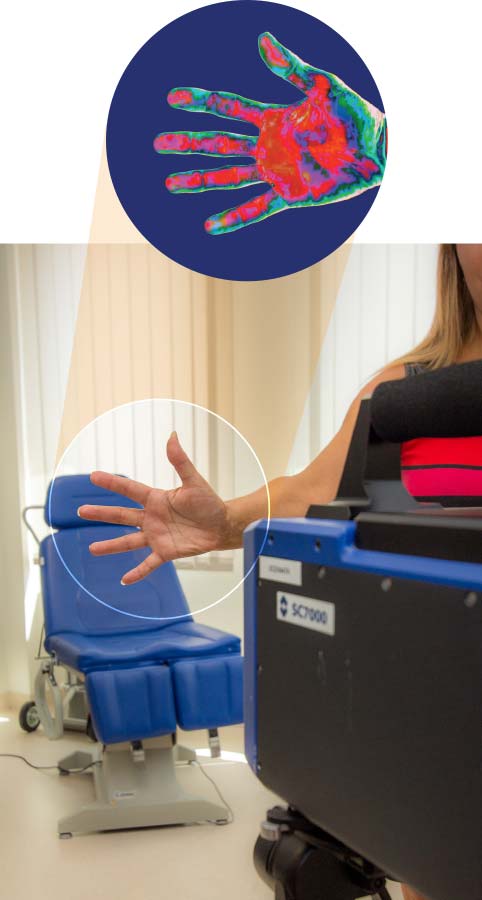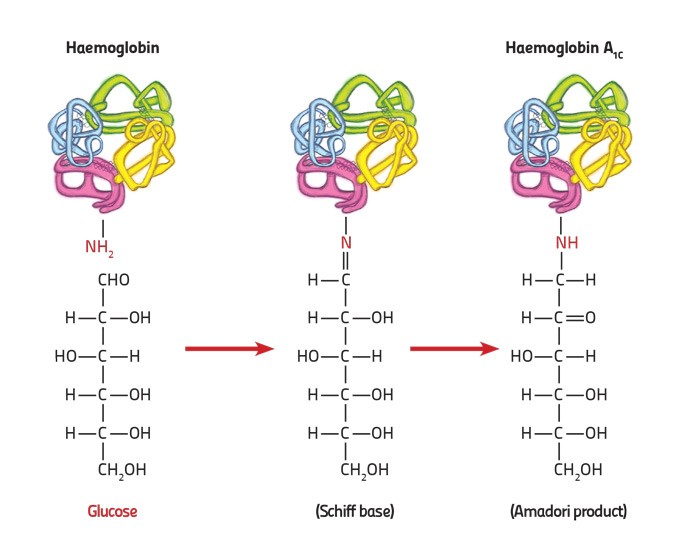In Malta, around 10% of the local population is affected by diabetes. This is especially alarming considering that diabetes can affect the blood and nervous system and eventually even lead to foot amputations. Researchers from the University of Malta (UM) and Mater Dei Hospital are trying to address this problem in their project Sit_Diab: Smart Insole Technology for the Diabetic Foot. They developed a novel method of detecting foot complications early enough to take action in time to help save limbs.
Continue readingSmart insoles for diabetic patient monitoring
Local researchers from the DRIFT (Dense Recording of In-Shoe Foot Temperatures) project team are investigating foot health in patients with diabetes. In collaboration with Mater Dei Hospital, researchers are developing smart insoles, a system with embedded thermal sensors that measure foot temperatures. THINK got in touch with Chiara Modestini, podiatrist and researcher with DRIFT, to find out more.
Continue readingPublic health priority: Type 2 diabetes mellitus
What is Malta doing to address this very prevalent problem? Dr Sarah Cuschieri writes about a project called SAĦĦTEK.

In Malta, diabetes has been a health concern since 1886. In 1981, the World Health Organization performed the first national diabetes study in Malta and reported that the total prevalence of type 2 diabetes mellitus (T2DM) is 7.7% (5.9% previously known diabetics and 1.8% newly diagnosed diabetics).
Since then, we have seen that percentage increase through self-reported questionnaire studies such as 2008’s Maltese European Health Interview Survey, which reported a T2DM prevalence of 8.3% in the population aged between 20 and 79. In 2010, it rose again to 10.1%, according to the Maltese European Health Examination Survey. And while this information is definitely useful, it cannot help researchers and doctors investigate what elements contribute to the diabetes epidemic in Malta.
The economic boom over the last four decades has permanently changed the Maltese Islands. With it came a change in lifestyle habits, like car use and diet, and an influx of different cultural and ethnic populations settling on the islands, which meant that it was time to update our understanding of T2DM in Malta; its prevalence, determinants, and risk factors.
I undertook the project “SAĦĦTEK – The University of Malta Health and Wellbeing study” to find out more about T2DM in Malta. SAĦĦTEK was a cross-sectional study that will effectively act like a snapshot in time.
The study population included a randomised sample of adults that had been living in Malta for at least six months and held a permanent Maltese identification card, irrelevant of their country of origin.
How is your health?

The survey took place between November 2014 and November 2015, and involved 4,000 people (18 to 70 years of age) who were statistically chosen from the national registry. We set up examination hubs in each town where the participants came in to complete socio-demographic questionnaires. While participants were there, we also took several measurements, including blood pressure, weight, height, and waist circumference. Finally, we took blood samples to check for their glucose levels during fasting periods, genetic analysis, and lipid profile (cholesterol and fats in the blood).
In the end, 47.15% of the invited adults actually attended the health survey. From these, we found that the prevalence of type 2 diabetes was 10.39%, with males being more affected than females. From the total T2DM group, 6.31% were known diabetics, while the remaining 4.08% were newly diagnosed with T2DM during the study. The numbers mean that over the past couple of decades there has been a rise in the diabetes rate in adults. Higher levels of T2DM mean that related diseases, such as obesity and heart problems, will also be more common.
In fact, study participants were often overweight (35.66%) or obese (34.11%). The weight increase is very relevant because it puts pressure on the body’s organs, including the pancreas, which has a direct link to T2DM development.
An increase in weight increases waist size, and this too comes with its own set of problems called the metabolic syndrome—increased blood pressure being one of many. A third of survey participants reported a high blood pressure (30.12%), again with a male majority.
Tobacco smoking was also prevalent at 24.3% (male majority). Smoking is linked to T2DM development, increased blood pressure, and stroke.
What are the implications?
The survey results are a major public health concern. An unhealthier population means higher demands on Malta’s healthcare services.
In 2016 diabetes cost Malta an estimated €29 million, while obesity cost an estimated €24 million. The increased disease rate identified means that Malta’s bills are set to rise.
Men seem to have a worse health profile than women. Older males with a high body mass index (BMI) were more likely to suffer from high blood pressure. The majority had normal levels of glucose but abnormal lipid profiles, so even though the sugar levels were normal, they were still at risk when it came to acquiring diseases such as heart problems. Those diagnosed with a metabolic syndrome were five-fold more likely to also have T2DM. There is no denying—the gender gap is a concern.
The survey shows that more public health research is in dire demand. Malta’s underlying problem appears to be the increasing overweight-obesity problem. A number of initiatives have already been put in place by the Health Promotion and Disease Prevention Directorate as well as the establishment of “Dar Kenn Għal Saħħtek”, but there is more to be done.
Gender sensitive action is needed. Government, private entities, communities, and NGOs all need to work together to change the harmful lifestyle choices that have become the norm today. Sedentary lifestyles need to change and high intakes of fat, sugar, and salt need to decrease to alleviate Malta’s weight and diabetes problem. A diabetes screening programme also needs to be introduced to help citizens help themselves.
Early diagnosis of this disease will benefit all of Malta’s health and wellbeing and safeguard its health services. What more could we hope for?
Read more:
Cuschieri, S., Vassallo, J., Calleja, N., Pace, N., & Mamo, J. (2016). Diabetes, pre-diabetes and their risk factors in Malta: A study profile of national cross-sectional prevalence study. Global Health, Epidemiology and Genomics, 1. https://doi.org/10.1017/gheg.2016.18
Cuschieri, S., Vassallo, J., Calleja, N., et al. (2016). The diabesity health economic crisis-the size of the crisis in a European island state following a cross-sectional study. Arch Public Health; 74: 52.
Cuschieri, S., Vassallo, J., Calleja, N., et al. (2016). Prevalence of obesity in Malta. Obes Sci Pract 2016; 2: 466–470.
Heat for health
Over 10% of the Maltese population lives with type 2 diabetes mellitus. This means the local risk for peripheral arterial disease, the one that usually leads to amputation, is alarmingly high. But now, a team of researchers from the Faculty of Health Sciences (University of Malta) has its hands on a new high-tech camera that can be used to detect foot complications before it’s too late.
A common symptom of peripheral arterial disease is a gradual temperature increase in a person’s foot. The change is very mild, making it difficult to detect manually. So Dr Alfred Gatt and his team are using the state-of-the-art thermographic FLIR thermal camera to hone in on these temperature variations from type 2 diabetes mellitus.
The camera uses infrared light in the same way a regular camera uses visible light to produce an image. Yes, puppy pictures are still possible, but they definitely won’t look as cute. Its ability to measure emitted heat means it is non-invasive, reducing risks of infection completely. So while the €30,000 price tag may seem high to some, it will save money in the long run.
The applications of this piece of equipment go above and beyond diabetes. It is being used for multiple research projects and contributing to medical knowledge related to other vascular diseases and physiological processes. Its true cost? Priceless.
Attacking the silent epidemic of diabetes
Diabetes prevalence is burgeoning on a global scale. In 2012, 1.5 million people worldwide died as a direct result of the disease, cementing it as an epidemic. By 2030, diabetes is expected to become the world’s seventh leading cause of death. With 12% of the Maltese population suffering from the disease, a research team has come together looking into new methods of detection to stop the disease in its tracks. Words by Yasmine Gatt.
The Malta BioBank / BBMRI.mt
In the early 1990s, the Malta BioBank was started with the collection and storing of samples from all Maltese children who had been screened for rare blood disorders. Set up as a collaboration between the University of Malta and the Malta Department of Health, it was first launched using Italia-Malta project funds followed by EU pre-accession funds.Continue reading
Diabetes: from genes to blood

Type 2 diabetes mellitus is a disease that affects over 250 million people worldwide. Many in Malta suffer from the disease because of our high carbohydrate diet and lack of physical activity. Type 2 diabetes arises when levels of the sugar glucose remain very high in the blood. Testing normally involves frequent finger pricks to determine blood sugar levels, or otherwise a patient can take a sugary drink followed by regular urine/blood testing over 2 or more hours.
Alexandra Fiott (supervised by Prof. A. Felice) studied whether the absolute HbA1c levels (the haemoglobin fraction with sugar attached multiplied by the haemoglobin concentration) would provide a better method to describe the link between one’s genetics and diabetic condition. She attempted to reduce the frequency of the testing needed while using a relatively non-invasive test — the withdrawing of one tube of blood, while investigating the genetics of diabetes.
Haemoglobin (Hb) transports oxygen throughout the blood through red blood cells. The HbA1c forms when glucose binds to haemoglobin. This can be used as an indirect measure of average blood sugar concentrations. Measuring HbA1c levels is rapid, but unfortunately the results are influenced by factors that affect red blood cells. With around 5% of Maltese having red blood cell disorders, an alternative measurement would help reduce inaccurate results and unnecessary worry for patients. The absolute HbA1c was used for this study.
The genetics and blood profile of five different patient groups were determined using genetic and biochemical methods: adults with a normal blood profile, anaemics, beta-thalassaemics, pregnant women, and type 2 diabetics (on limited treatment). Statistical analysis did not reveal an improved link, but the absolute HbA1c did help distinguish between the different patient groups.
To improve the reliability of these results, a separate set of experiments was carried out to see whether a known Maltese variation in haemoglobin, with a prevalence of around 1.8% in the Maltese population, has an effect on the amount of sugar that binds to the haemoglobin. This variant was found not to influence the blood glucose levels and therefore the HbA1c.
Taken together these results showed that the absolute HbA1c does not improve the link between the genetics and blood profile of the patients. However, it could distinguish between different groups of patients.
This research was performed as part of an M.Sc. (Melit.) in Biomedical Sciences at the Faculty of Medicine and Surgery at the University of Malta.






